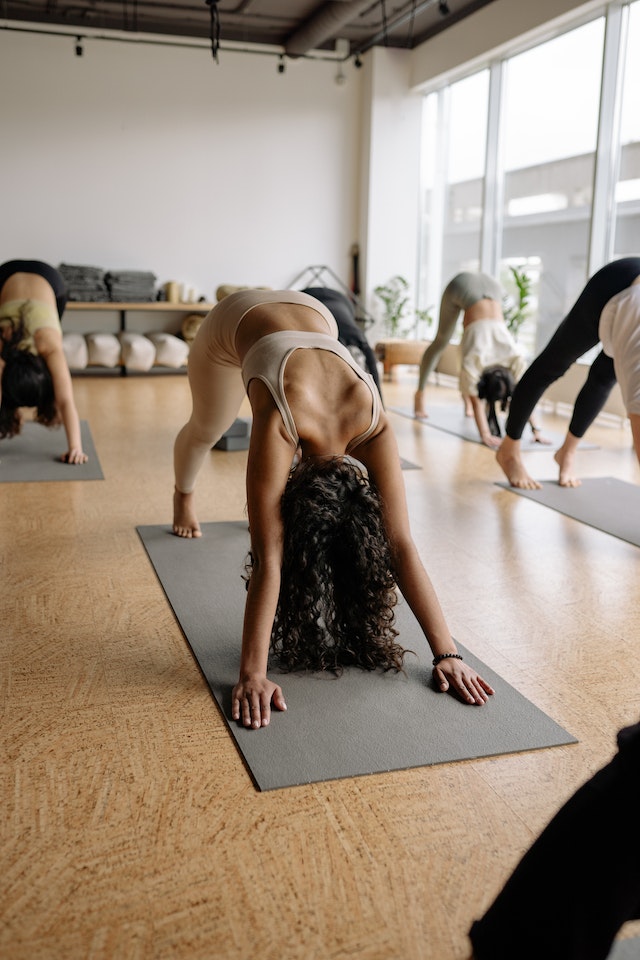Stepping into the world of yoga can be a transformative journey. Not only does it enhance your physical fitness, but it also promotes mental well-being, making it a holistic approach to health. If you’re a novice to this ancient practice, this beginner’s guide to yoga will help you embark on the path towards better fitness and flexibility.

1. Understanding Yoga: More than Just a Workout
Yoga is a mind-body practice that originated in ancient India. It combines physical postures, breathing exercises, meditation, and ethical principles. While it can certainly make you sweat, yoga’s benefits extend far beyond just physical fitness. Regular practice can reduce stress, improve focus, and promote a sense of peace.
2. Yoga Styles: Finding Your Fit
There are many styles of yoga, each with a unique focus and intensity level. As a beginner, you might start with Hatha Yoga, which emphasizes physical postures and is often slower-paced, making it a good choice for novices. Vinyasa Yoga, characterized by a flow of postures synchronized with the breath, can also be adapted for beginners and is great for building fitness.
3. Essential Poses: Your First Steps
There are some foundational yoga poses that beginners should learn:
- Mountain Pose (Tadasana): This is a basic standing pose that improves posture and balance.
- Downward-Facing Dog (Adho Mukha Svanasana): This pose strengthens the upper body and stretches the back and legs.
- Child’s Pose (Balasana): Often used as a resting pose, it stretches the back and helps calm the mind.
- Cobra Pose (Bhujangasana): This is a back-bending pose that strengthens the spine and opens the chest.
Remember, it’s not about perfecting these poses right away, but about growing into them with regular practice.
4. Breathing: The Life Force of Yoga
Proper breathing is a crucial aspect of yoga. Learning to control your breath can help you manage stress and increase your lung capacity. The basic yogic breathing technique is called “Ujjayi” breath, where you inhale and exhale through the nose, making a slight ocean-like sound in the back of your throat.
5. Building a Regular Practice: Consistency is Key
To reap yoga’s full benefits, regular practice is essential. Start with a few sessions per week, gradually increasing as your comfort and flexibility improve. Remember, every yogi was once a beginner, so be patient with your progress.
6. Equip Yourself: The Basics You Need
To start your yoga journey, you’ll need a yoga mat and comfortable, flexible clothing. Props like blocks or straps can also be useful to help modify poses at first.
7. Joining a Class: Learning from the Pros
As a beginner, joining a yoga class can be beneficial. A qualified instructor can guide you into correct postures, offer modifications, and ensure you’re practicing safely. As you gain confidence, you can supplement classes with home practice.
Remember, yoga is a journey, not a destination. It’s about nurturing a deeper connection with your body, mind, and breath. As a beginner, there will be challenges, but the rewards of improved fitness, flexibility, and peace of mind are well worth the effort. Embrace the journey, and your yoga mat will soon feel like home.
